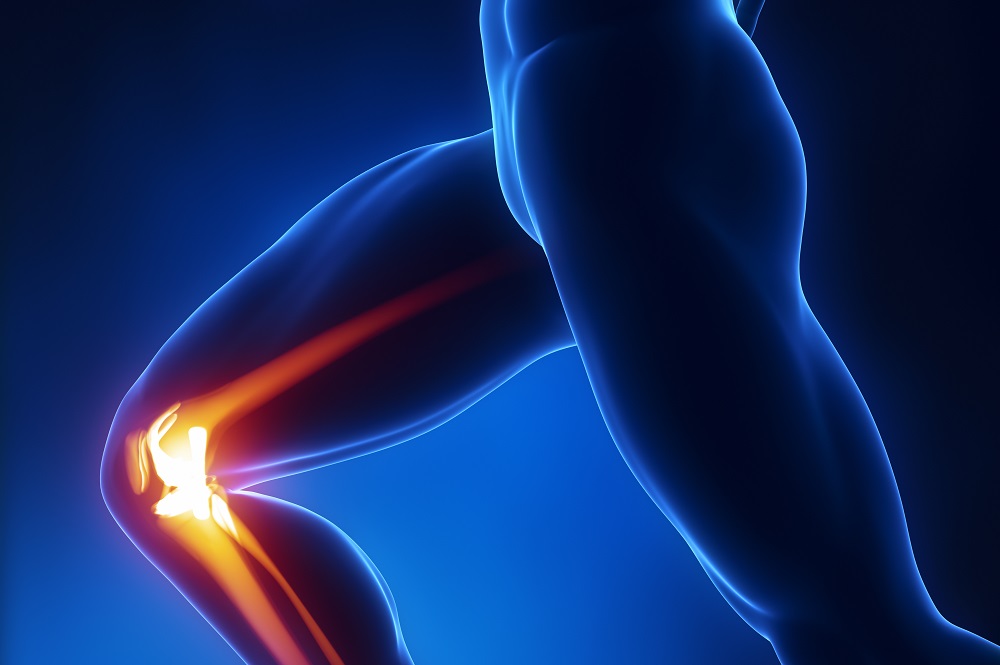Do you have pain with running, jumping, lunges that you feel at the bottom of your kneecap? Patella tendinopathy, commonly referred to as ‘jumper’s knee’ due to the increased incidence in jumping sports i.e. basketball, netball, athletics, is a condition of deterioration and subsequent weakness and pain of your patella tendon. Tendons are thick elastic tissues that connect muscle to bone. Unlike muscles, tendons have very little blood supply, meaning that the nutrients and ‘healing’ mediators that are in our blood are not very evident in our tendons. Due to this property of tendons, they are not very good at healing. In this way, continuing to exercise through pain in the hope that it will sort itself out in time is often an unlikely occurrence. The body is an incredible system that is very good at self-healing and regeneration, but tendon tissue react and heal differently, thus needing a different approach.
Clinical Symptoms
- localised pain at the base of the knee-cap (patella)
- pain initially with exercise (such as running, lunges), which then warms up and is less painful, only to become painful when exercise is finished, or notably the next morning after exercising that previous day
- Can appear puffy and swollen at the base of knee cap
- tender to touch, or to kneel on ground
- pain walking downhill, or down stairs more than uphill or up stairs
Causes
The biggest pre-disposing factor to developing tendon injuries is a relatively sudden increase in load, i.e. increased volume or frequency or exercise from a previously less intense regime/nil exercise. The other causes are often strength and flexibility imbalances in the rest of the leg or the non-symptomatic leg. The longer you have had your symptoms for generally means the longer it will take to completely heal. A person who has had persistent pain for the first time can take between 3-6 months to reach a full recovery. If you have had the pain intermittently for over 6 months, then it can take up to 12 months. This is probably the most frustrating element of patella tendinopathy, but the sooner you start, the sooner you will be on the road to recovery.
How Do We Fix It?
There is a considerable amount of quality evidence suggesting that a loaded and customised strength program, which we can take you through here at Get Active Physiotherapy, is an effective intervention to a full pain-free return to activity or sport. It is important to note the slower healing time for tendon injuries. Volume modification of exercise/sport is a huge component of management with this injury, and thus a thorough understanding of how much is too much will be explained to you by your physiotherapist. Leveling out any biomechanical abnormalities or asymmetries will be a key focus within your recovery plan, and this will reduce likelihood of developing other injuries in different areas in the future. Remember, the longer you have had this pain for, the longer it may take to heal, so book your initial appointment today and feel the difference tomorrow.
If you have any questions or would like to address any running issues or injuries you may have, book in to see one of our physiotherapists. Please do not hesitate to contact Get Active Physiotherapy on 1300 8 9 10 11 or email us at admin@getactivephysio.com.au.




